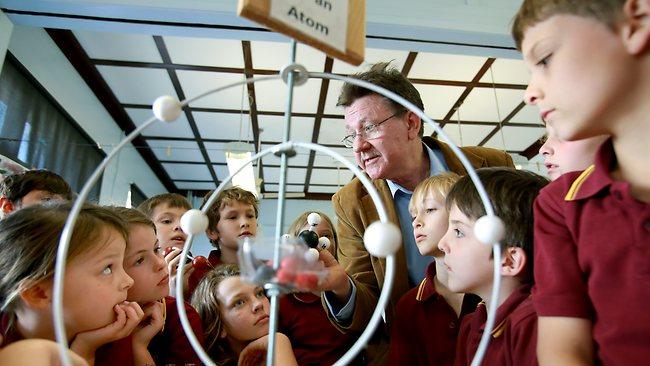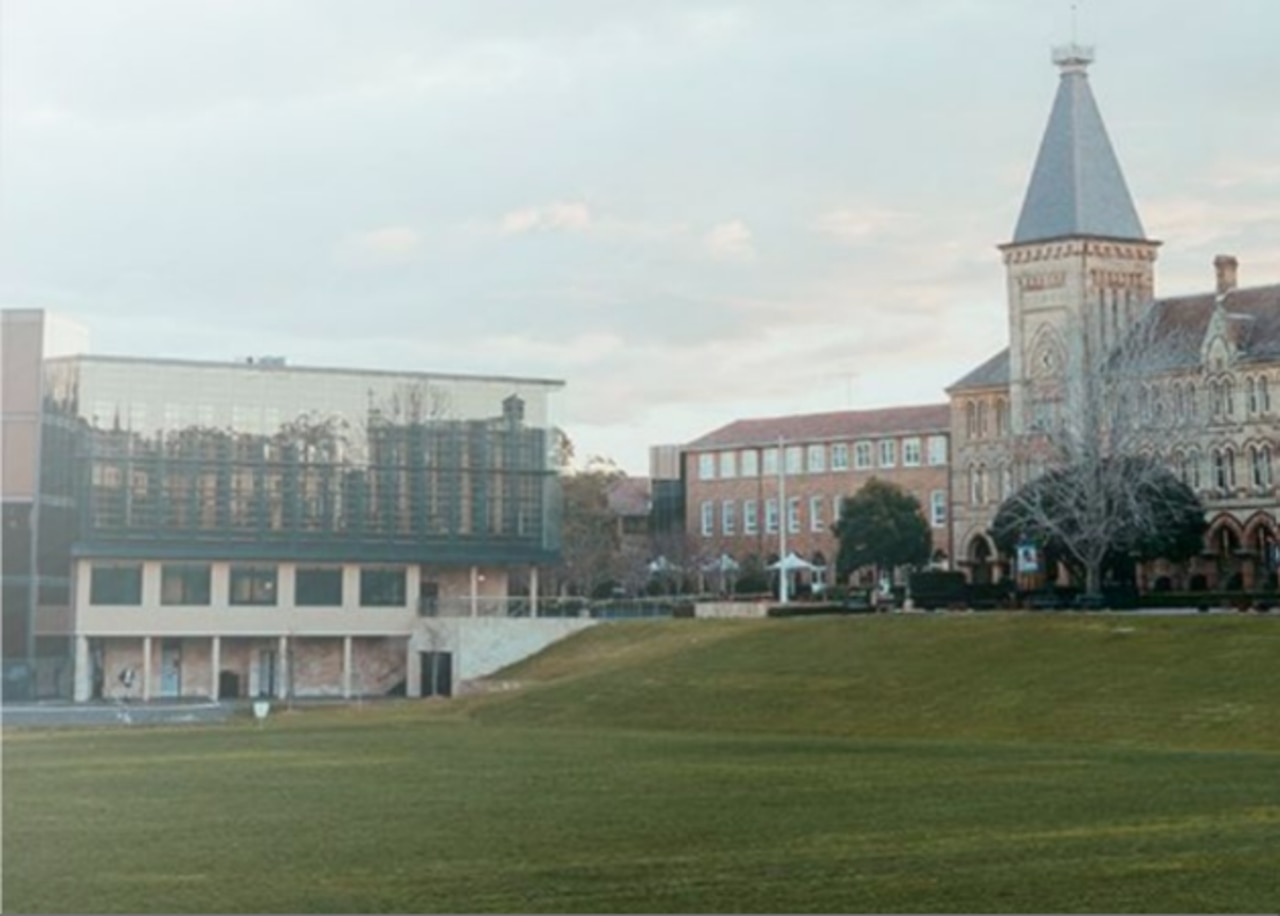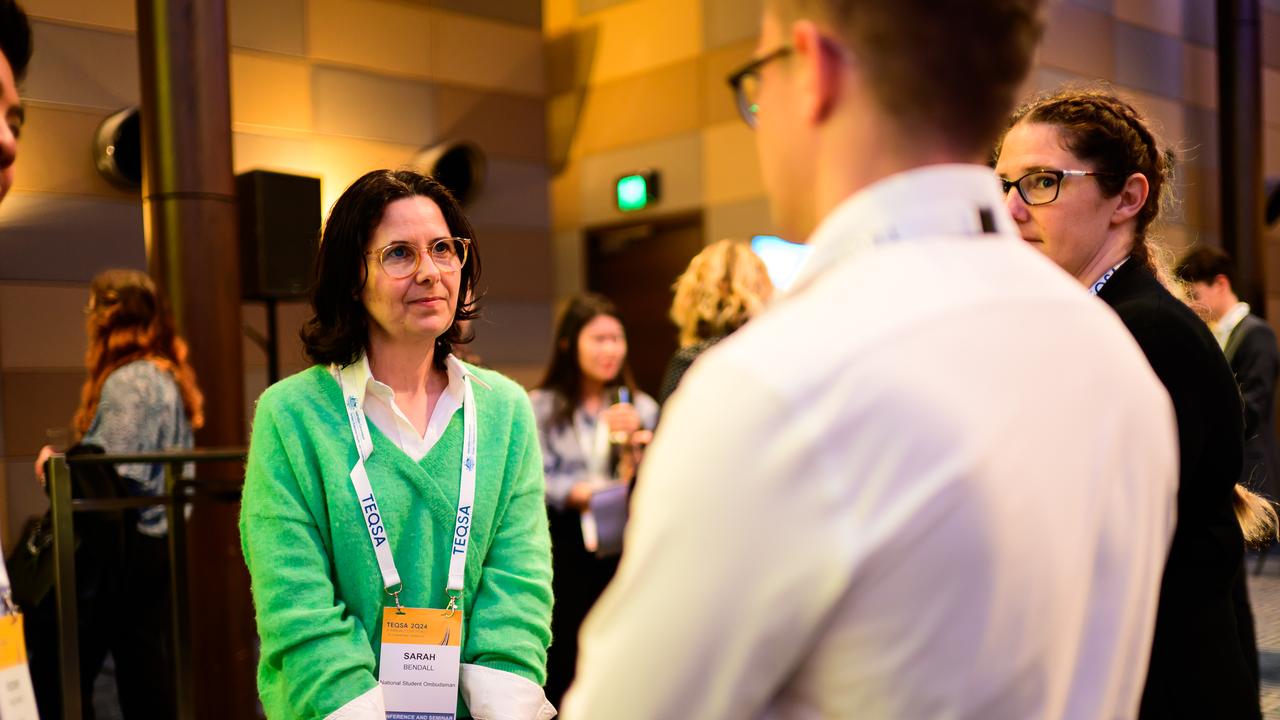Primary kids see magic of big scientific picture
WHEN Ian Stuart's son Tom was in Year 3, the high school science teacher started explaining basic atomic theory.

WHEN Ian Stuart's son Tom was in Year 3, the high school science teacher started explaining basic atomic theory, telling him about atoms, atomic structure and how they were connected to the world.
Despite being taught concepts usually reserved for high school, the seven-year-old Tom grasped the ideas quickly and easily.
"I thought there were two reasons for this: either he's a genius or we've dramatically underestimated the ability of kids to acquire and learn complex scientific ideas," Mr Stuart said.
"Turns out maybe he is a genius, but then so are all the other kids."
For about two years, Mr Stuart, who has retired from teaching physics and chemistry to Years 11 and 12, has volunteered at his son's primary school, Ithaca Creek State School in Brisbane's western suburbs.
He teaches prep students complex scientific ideas, starting with the periodic table and atomic structures and including molecular bonding, chemical formulas, reactions and equations and even basic quantum mechanics.
"They easily acquire concepts that we normally leave to Year 10 and 11 students," he said.
"The periodic table is a kind of alphabet of the universe. We teach them the linguistic alphabet when they go to primary school, so introducing them to the universe's alphabet at the same time makes sense.
"I believe we should teach the big concepts first."
Under the national science curriculum, which has been extensively criticised by the university deans of science, the idea that matter comprises atoms and their structure is not introduced until Year 9 and it is not until Year 10 that students study the periodic table.
Mr Stuart said the national curriculum proceeded at a glacial pace, "seriously risking boring students and even alienating them from science as a pursuit", and included a bit of everything presented in no particular order.
"The curriculum developers seem to bend over backwards to make science comprehensible to young minds, and reach down to the kids' level in order to present science concepts from their everyday point of view, but it inadvertently traps kids inside their everyday world," he said.
"Science instead should liberate them by explaining that their everyday world is connected to a wonderfully invisible microscopic world. It introduces a kind of Hogwarts element into their lives."
Adrian Quinn, who teaches Years 3 and 4 at Ithaca Creek, agreed that curriculums tended to underestimate the science young children could learn. "I follow up with the kids later and I've been happily surprised by how much they have retained," he said.


